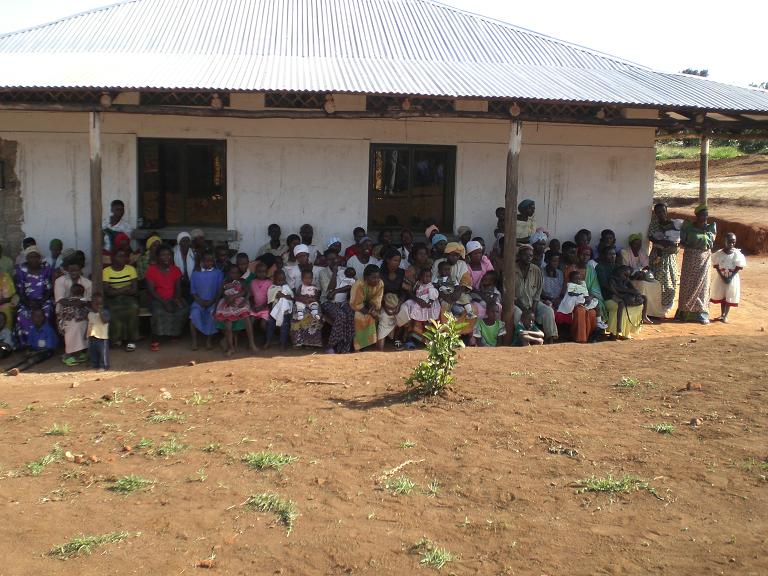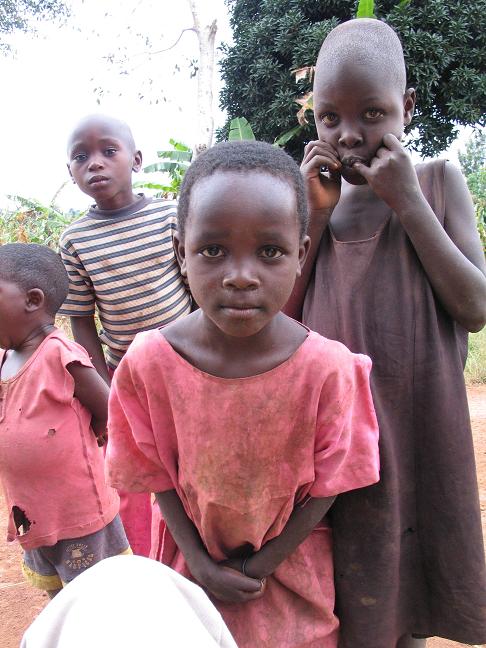
Ddegeya, Uganda Project
We are partnering with Ddegeya Village and Engeye Health Clinic to work on a multifaceted water, energy and health project.


Background:
The Engeye Health clinic is located in the town of Ddegeya southwest of
the capitol, Kampala in southern Uganda. Uganda is recovering from
decades of civil war, yet still struggles with violent outbreaks from
the Lord’s Resistance Army. In
2007, the Engeye Clinic opened its doors to aid a community in
desperate need of basic healthcare. The clinic was founded after
American medical students discovered a village that lacked drinking
water, electricity, and healthcare. Local
Ugandan healthcare workers staff the clinic full-time. In 2008, the
Engeye staff contacted EWB and a partnership with EWB-MIT was formed.
The Need:
The 5000 residents of Ddegeya lack a
clean source of water and still use kerosene lamps. Children bear the
burden of carrying water up a nearly 40 meter hill daily from the
community’s broken
boreholes. All the water sources tested in August 2009 contain
coliforms. Many villagers reported a lack of firewood, the
primary cooking fuel used in Ddegeya, and are often forced to spend
much of their limited income to buy fuel in order to cook food and boil
water.
Engeye
Clinic has limited solar power enough for a few light bulbs, but lacks
basic lab equipment, such as microscopes, because of lack of
power. This means that Charles and Sophie, the nurses, are unable
to properly diagnos many illnesses, or understand their severity.
Engeye is unable to admit patients overnight and often times must refer
patients to a better equipped clinic in Masaka, Uganda, a 40 minute and
$1 taxi ride away, which many villagers are unable to make.
MIT-EWB's Solution:
The EWB-MIT project is comprised of three
components: water, energy and health. We want to work with the
villagers of Ddegeya to create a capacity-building solution, one that
the village can continue to develop of their own accord in the future.
Water: The
water team intends to develop and implement an appropriate technology
for water filtration and distribution. The current plan consists
of three stages. The first stage is to assess the current water
situation in the village and for the clinic. The second stage
consists of developing a distribution system to bring water to the
village. Currently, water must be brought from the water source,
several kilometers from the village to the village. This job
falls to the children of the village, which can often prevent them from
attending school. The third stage will consist of water
filtration. As the water is contained, it will be less likely to
be contaminated by bacteria.
Health:
EWB-MIT also plans on addressing the health needs of the community in
partnership with the Engeye Health clinic. We plan on completing the
traditional community health surveys. In addition, EWB-MIT is
establishing an HIV Prevention Program, which will study the use of
scale-free networks to target HIV hubs. The program involves
identifying high-risk individuals and implementing an education and
counseling program. We also plan on working with sustainable health
technologies for the newly built diagnostic lab. We are considering the
use of mobile phone technology in medical diagnostics as well as
low-cost microscopes and centrifuges. These technologies will allow the
clinic to perform desperately needed diagnostic tests that will prevent
unnecessary deaths.


All Rights Reserved © 2008 | Engineers Without Borders, MIT Chapter

